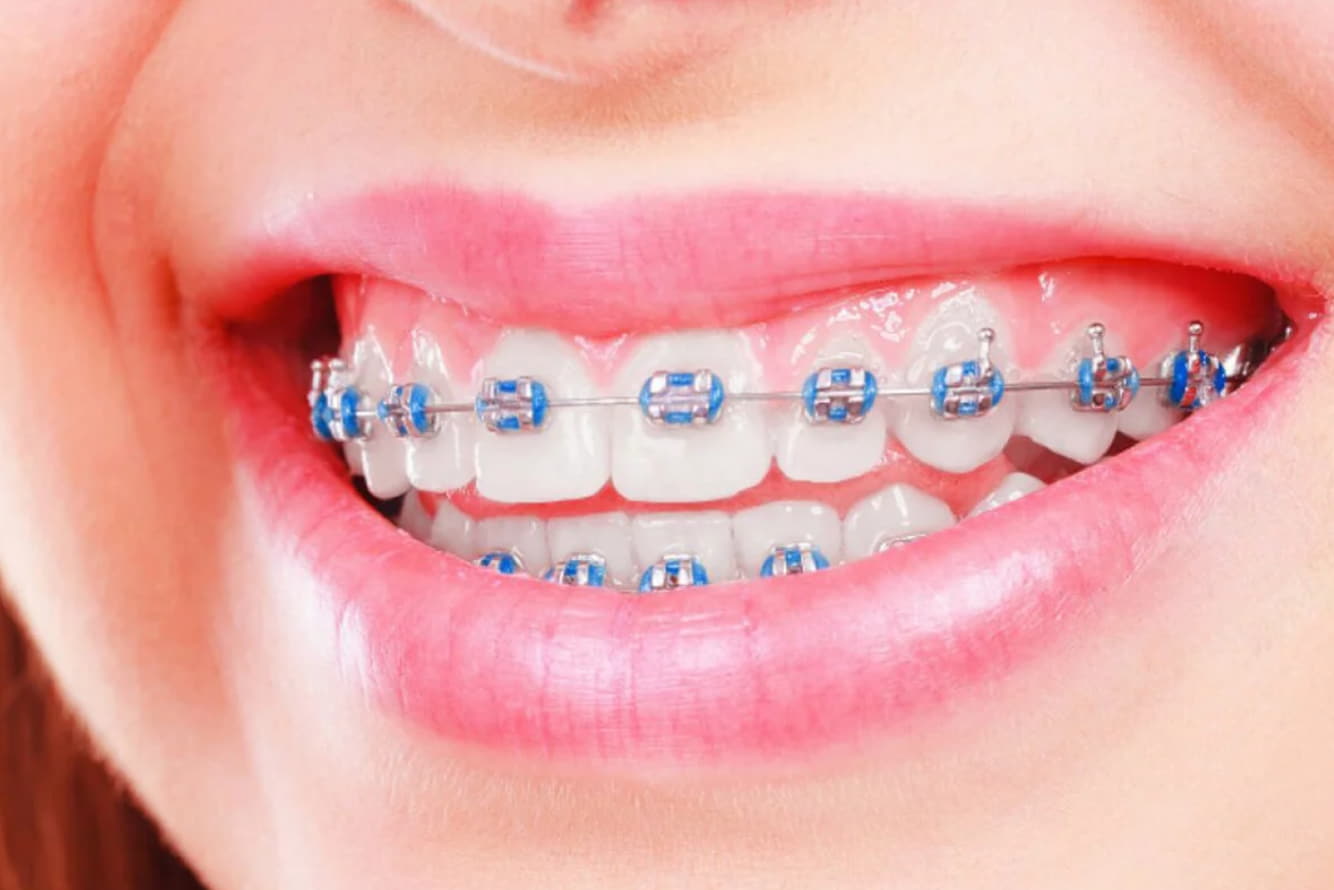When it comes to straightening teeth and improving oral health, braces in Duncan have been a go-to solution for many years. These orthodontic devices have evolved over time, and today, they offer an effective method for correcting various dental issues. This blog post will delve into the mechanics of these dental correctors and shed light on how they work to align your teeth.
The Components of Orthodontic Devices
Orthodontic devices are made up of several parts that each play a crucial role in the process of straightening teeth. The primary components include brackets, archwires, and ligature elastics or bands.
- Brackets: These are small squares that are bonded directly to each tooth using a special adhesive. They serve as the handles holding the archwire in place.
- Archwires: These are the metal wires that guide the movement of the teeth. They are threaded through the brackets and apply pressure to the teeth.
- Ligature Elastics or Bands: These small rubber or metal ties hold the archwire to the brackets.
How Do Orthodontic Appliances Work?
The principle behind orthodontic appliances is quite straightforward. The constant pressure applied by the archwire causes the teeth to move gradually. This movement happens in response to the force exerted on them. Over time, this consistent pressure reshapes the bone, allowing the teeth to shift into their new, desired positions.
The Role of Orthodontic Adjustments
During these appointments, the orthodontist may tighten the archwires to increase pressure on the teeth and guide them to their correct positions. These adjustments can cause temporary discomfort, but they’re essential for ensuring the effectiveness of the treatment.
Speed Braces: A Modern Spin on Traditional Orthodontics
In the world of orthodontics, innovations are constantly emerging. One such innovation is “speed braces in Duncan.” These devices are designed to reduce treatment time and discomfort associated with traditional orthodontic appliances. They work on the same principle but use a self-ligating system that eliminates the need for elastics. This results in less friction and allows teeth to move more freely and comfortably.
The Duration of Orthodontic Treatment
The length of treatment depends on several factors, including the severity of the dental issues, the type of orthodontic device used, and the patient’s age. On average, orthodontic treatment can last anywhere from 18 months to three years.
Conclusion
Understanding the mechanics of orthodontic devices can demystify the process and help patients feel more comfortable with their treatment. Braces in Duncan offer an effective solution for addressing various dental issues and improving oral health. With regular adjustments and proper care, they can guide your teeth into their correct positions and give you a smile that you’re proud to show off.


